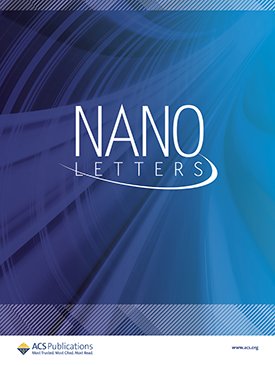
Nano Letters. 2020, 20: 5, 3411–3419
Vaiva Nagyte, Daniel J. Kelly, Alexandre Felten, Gennaro Picardi, YuYoung Shin, Adriana Alieva, Robyn E. Worsley, Khaled Parvez, Simone Dehm, Ralph Krupke, Sarah J. Haigh, Antonios Oikonomou, Andrew J. Pollard, and Cinzia Casiraghi
Electrochemical exfoliation is one of the most promising methods for scalable production of graphene. However, limited understanding of its Raman spectrum as well as lack of measurement standards for graphene strongly limit its industrial applications. In this work, we show a systematic study of the Raman spectrum of electrochemically exfoliated graphene, produced using different electrolytes and types of solvents in varying amounts. We demonstrate that no information on the thickness can be extracted from the shape of the 2D peak as this type of graphene is defective. Furthermore, the number of defects and the uniformity of the samples strongly depend on the experimental conditions, including postprocessing. Under specific conditions, the formation of short conductive trans-polyacetylene chains has been observed. Our Raman analysis provides guidance for the community on how to get information on defects coming from electrolyte, temperature, and other experimental conditions, by making Raman spectroscopy a powerful metrology tool.
